When we want to learn about a particular person, historical event, or idea, we turn to primary sources. Primary sources are the raw materials of history—original documents and objects that were created at the time under study. By contrast, secondary sources are accounts or interpretations of events created by someone without firsthand experience. Primary sources can come in many different shapes and sizes, such as:
—Entries in Anne Frank’s diary that tell us about people and events in Nazi-occupied Amsterdam during the Second World War.
—Prehistoric cave paintings in Lascaux, France, that can show us what kinds of animals lived during that era, what kind of materials people used to create dye and paint, and how the painters thought of the world around them.
—Oral histories with Vietnam veterans that describe their experiences returning home after the conflict ended.
The last category on the list is our focus in this activity—to learn what oral histories are and how we can use them as historical sources.
Oral history is a type of historical source that uses recorded interviews to preserve firsthand memories, accounts, and interpretations of a person’s life, an event, a place, a way of life, or a period.1 The process of creating an oral history begins with an audio or video recording of a conversation between a subject and an interviewer. During the conversation, the interviewer can use guiding questions to prompt the subject to touch on certain topics, but mostly allows the subject to tell the stories that they want to share. The finished product is the oral history, which ideally is preserved and made available to researchers and the public.2
The oral histories included in this lesson are from the NOLA Resistance project, whose goal is to capture the experiences of New Orleans residents who were active and instrumental in the civil rights movement of the 1960s. In 2017–2019, participants were interviewed by THNOC oral historian Mark Cave about their experiences with civil rights organizations like the Congress of Racial Equality (CORE), their participation in marches and sit-ins, and events and people in their daily life while participating in the fight for equality. Audio and transcripts of these interviews are kept at THNOC so that researchers can access them to learn more about the civil rights movement in New Orleans.
Now, meet the three people whose stories you’ll be listening to soon.
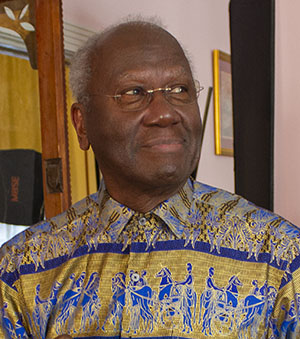
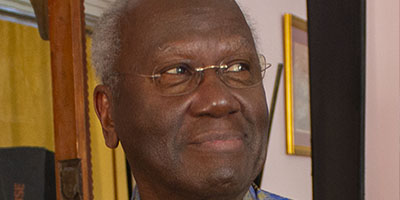
Don Hubbard
Don Hubbard (b. 1939) is a civil rights activist and community organizer. He was a leader of the New Orleans chapter of the Congress of Racial Equality (CORE) and co-founded the Southern Organization for Unified Leadership (SOUL). He is the owner and operator of the Hubbard Mansion, a bed and breakfast on St. Charles Avenue.
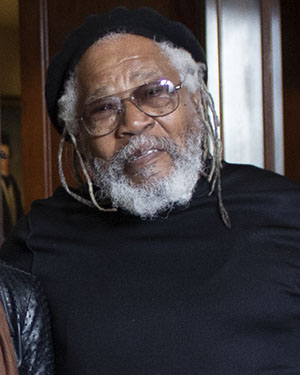
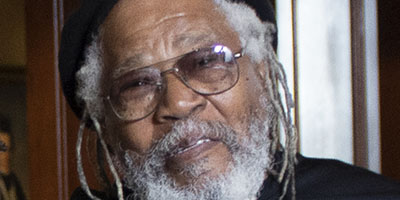
Malik Rahim
Malik Rahim (b. 1947), a former Black Panther, is a housing and prison activist and community organizer. He is a cofounder of Common Ground Relief.
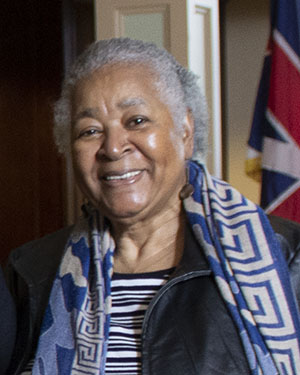
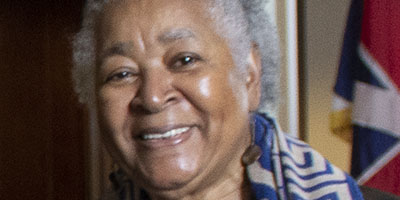
Dodie Smith-Simmons
Doratha (Dodie) Smith-Simmons (b. 1943) is a former civil rights activist who was a member of the New Orleans chapter of the Congress of Racial Equality (CORE) and a Freedom Rider.
[1] Glen Whitman, Dialogue with the Past: Engaging Students and Meeting Standards through Oral History (Rowman & Littlefield, 2004), 1.
[2] “Principles and Best Practices,” Oral History Association, October 2009, http://www.oralhistory.org/about/principles-and-practices/.
